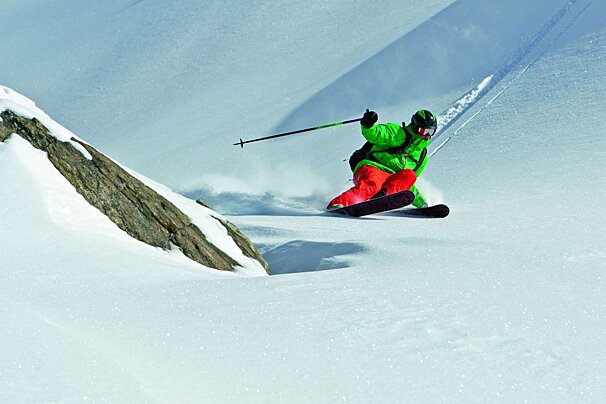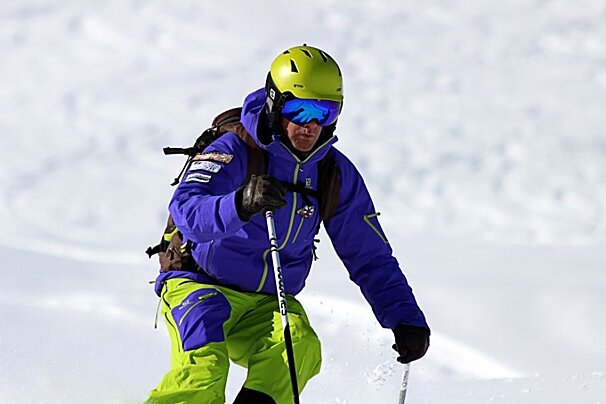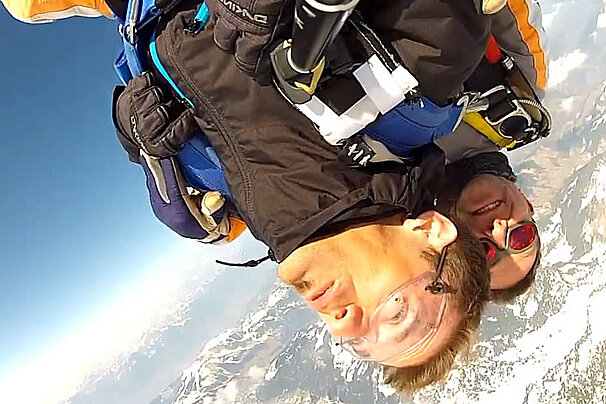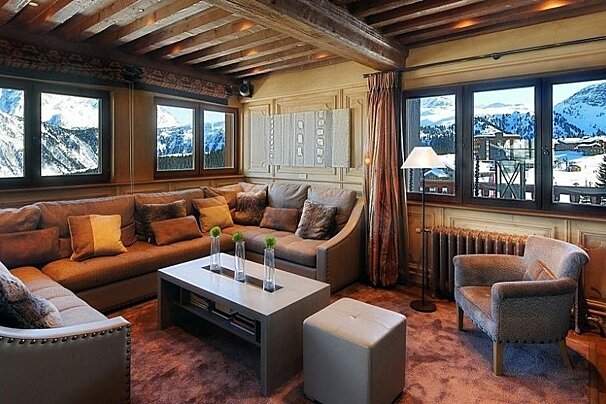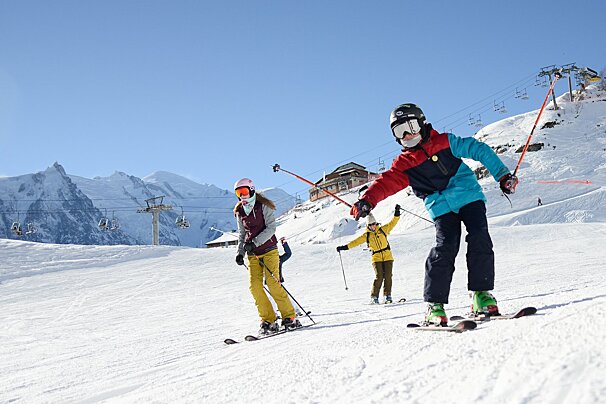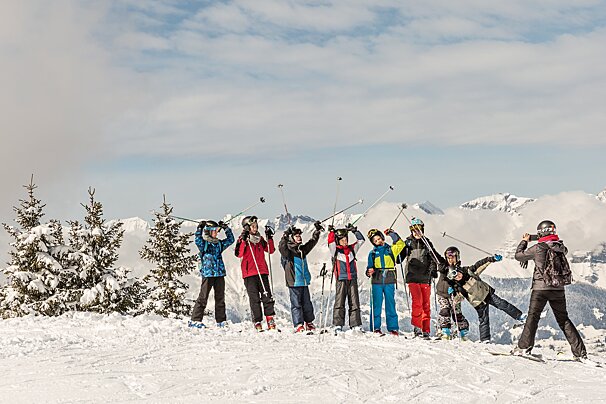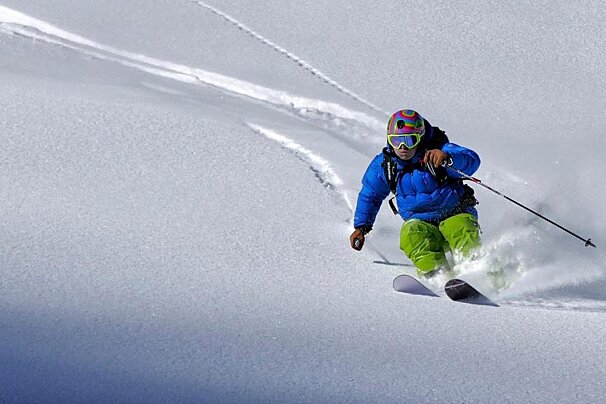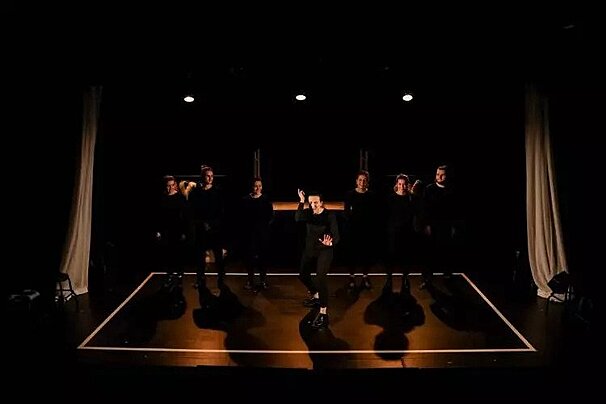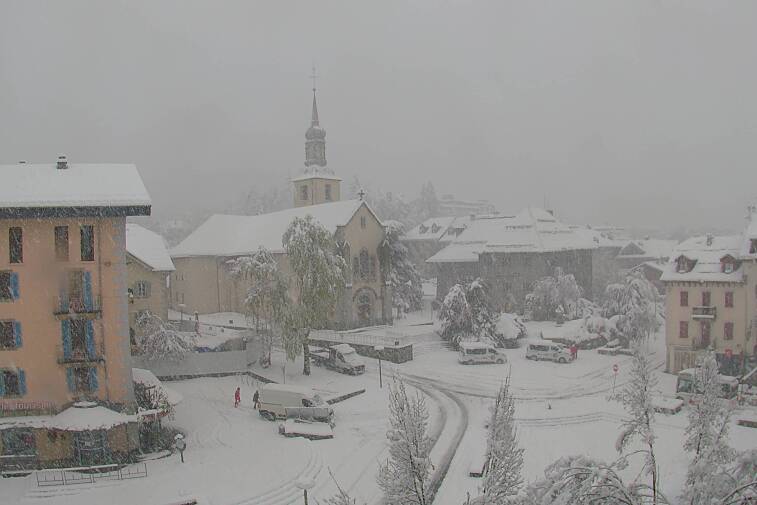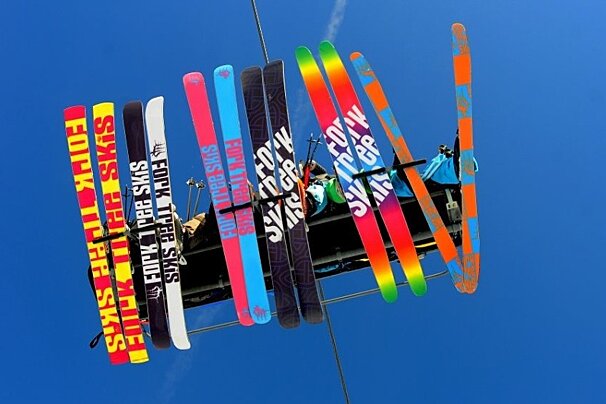In 1760 Genevois Doctor Horace Benedict de Saussure offered a prize to the first person to reach the summit of Mont Blanc which he had observed from the top of the Brévent. It wasn't until 8th August 1786 that Dr Paccard & Jacques Balmat, two locals, first made it. Saussure himself made it the following year, leading the first of many scientific expeditions conducted on the peak.
In 1770 Mme Coutterand opened the first tourist hotel - l'Hotel d'Angleterre (the 'English Hotel') as English visitors outnumbered other nationals even though the journey took nine days. Since then the region has been inspirational to sporting enthusiasts, mountaineers, painters, writers such as Byron and Shelley, and those seeking inspiration or a change of pace in their lives. Marie Paradis became the first woman to reach the top of Mont Blanc in 1803 by which time the number of ascents to the summit had multiplied greatly. Following an accident in 1821 La Compagnie des Guides 'The Chamonix Mountain Guide Company' was founded to provide financial support to guides and their families in the event that they were no longer able to work or stricken by accident. It was the first foundation of its kind and remains the most prestigious to this day. By 1860, as part of an agreement for helping the Italians against the Austrians, the people of the Savoie and Haute-Savoie regions voted overwhelmingly to rejoin France. Access routes to the valley began to open up starting with the construction of an improved road from Geneva to Chamonix in preparation for Napoleon III and Empress Eugenie’s visit in September 1860.
Between 1863 and 1865 more than 100 peaks were reached, mainly by English climbers, but the surrounding mountains continued to hold a fascination for scientists. In 1890 Joseph Vallot was permitted to build an observatory for high mountain studies, near the summit of the Mont Blanc, as long as it served as a refuge for climbers as well. A second observatory was built actually at the summit by Jules Janssen in 1893, but was soon swallowed by the glacial ice a few years later! The start of the 20th century saw tourism continue to flourish in the valley and hoteliers overtook mountain guides as the predominant economic power. Amid strong protestations from local guides and Sherpa who felt a threat to their livelihood, a decision was made to construct the Montenvers rack railway to the Mer de Glace which still runs today. When it opened in 1908, it took 55 minutes at a speed of 7km/h to complete the climb. (Electrification of the line in 1954 more than doubled the speed of the train and reduced the duration of the journey to 20 mins). After the success of this railway, at one stage it was envisaged that it would be possible to reach the summit of the Mont Blanc by train! The construction of the Tramway du Mont Blanc was the closest anyone came, reaching the Nid d'Aigle 'The Eagle's Nest' (2,372m) from Le Fayet in 1913. Plans to complete it were dropped following the war. Today during the summer it still runs the 12km through the mountains to the bottom of the Glacier de Bionnassay.
There followed a period of frenzied construction and the development of winter sports, culminating in the hosting of the first ever Winter Olympics in Chamonix in 1924. The cable-cars of Planpraz (2,200m) and Le Brévent (2,525m) were completed by 1928 and 1930 respectively allowing access to the mountain-tops by 'suspended trains'. It wasn’t until 1956 that the Flégère cable-car was in service and eventually in 1997 was linked to the Brévent area. The year 1946 saw the creation of the first ice grotto carved right into the heart of the Mer de Glace. Due to the movement of the glacier (90-130m per year) the cave has to be re-cut each year and is sculpted into the shape of an icy chalet interior complete with fireplace. Although the original project started in 1905, the plan to reach the Aiguille du Midi by cable-car did not succeed until 1955. The original attempt, via the Glacier des Bossons (2,414m) saw the completion of the first cable-car of the valley in 1924, and eventually the second stage reached the Col du Midi (3,558m) but never the top. This route was in fact judged too dangerous and was abandoned in favour of that of the present Aiguille du Midi cable-car, work on which started in 1951 and was completed in 1955, just four years later.










